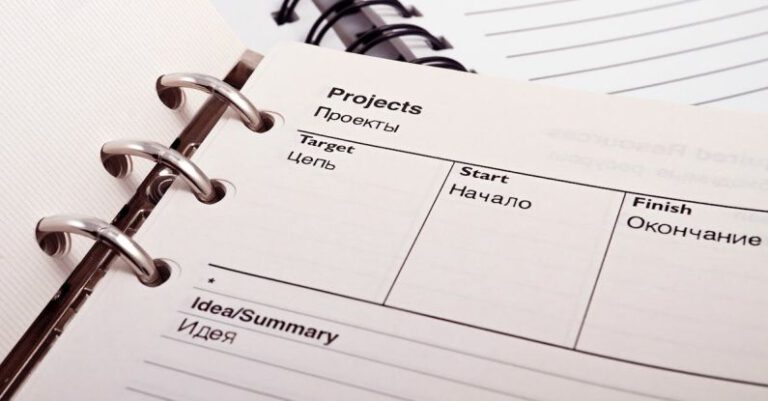What Are the Key Methods for Adding Texture to Tape Art

Tape art has gained popularity in recent years as a versatile and accessible medium for creating unique and visually striking pieces. One of the key elements that can elevate tape art to the next level is the addition of texture. Texture adds depth, dimension, and visual interest to tape art, making it more engaging for viewers. In this article, we will explore some key methods for adding texture to tape art that can help artists take their creations to new heights.
**Layering Techniques**
One of the most effective ways to add texture to tape art is through layering techniques. By layering different colors and types of tape on top of each other, artists can create a multi-dimensional effect that adds depth and complexity to their pieces. Experimenting with overlapping tape strips, varying widths, and different angles of placement can result in a visually dynamic texture that captures the eye.
**Rippling and Folding**
Rippling and folding tape can also be a great way to introduce texture into tape art. By gently folding or crumpling tape before applying it to the surface, artists can create a wrinkled or rippled effect that adds a tactile quality to their work. This technique can be particularly effective when used to mimic the appearance of fabric or organic forms in tape art compositions.
**Embossing and Debossing**
Embossing and debossing are techniques commonly used in printmaking and graphic design, but they can also be adapted for use in tape art to create texture. By pressing a textured surface, such as a piece of fabric or a textured roller, onto the tape before or after it is applied to the surface, artists can create raised or recessed patterns that add visual interest and depth to their compositions.
**Cutting and Weaving**
Cutting and weaving tape can be a creative way to introduce texture into tape art. By cutting tape into strips or shapes and weaving them together, artists can create intricate patterns and textures that add a sculptural quality to their work. This technique allows for endless possibilities in terms of design and texture, as artists can experiment with different cutting techniques and weaving patterns to achieve unique and eye-catching effects.
**Mixed Media**
Incorporating other materials into tape art can also be a great way to add texture to a piece. By combining tape with materials such as paper, fabric, string, or beads, artists can introduce a variety of textures and tactile elements to their compositions. Mixing different materials can create contrast and visual interest, making the artwork more dynamic and engaging for viewers.
**Conclusion: Elevating Tape Art with Texture**
Adding texture to tape art can significantly enhance the visual impact of a piece, creating depth, dimension, and tactile interest that captivates viewers. By experimenting with layering techniques, rippling and folding, embossing and debossing, cutting and weaving, and incorporating mixed media, artists can take their tape art to new creative heights. Whether aiming to create a subtle textural effect or a bold statement piece, the key methods discussed in this article offer a range of possibilities for artists to explore and experiment with in their tape art creations.





